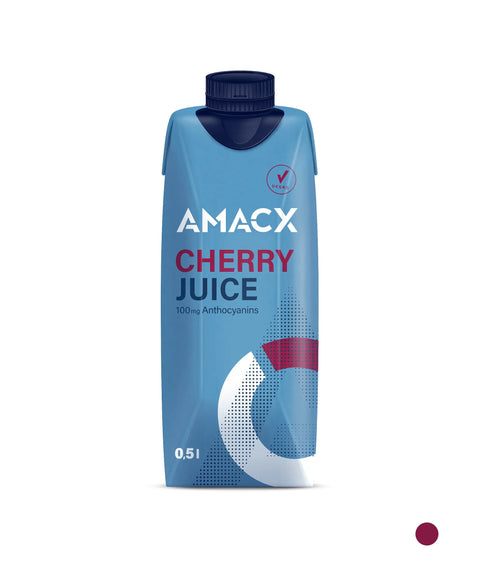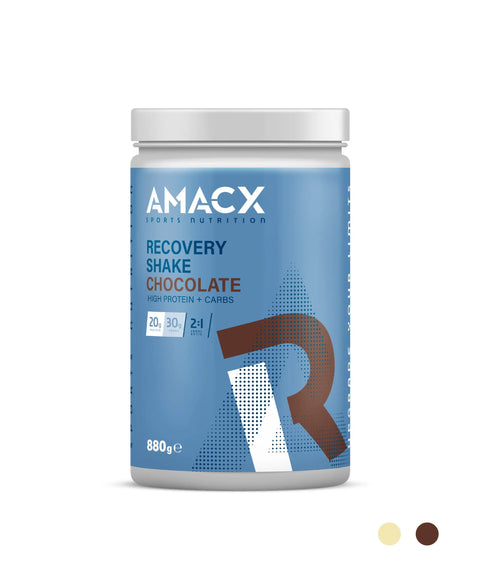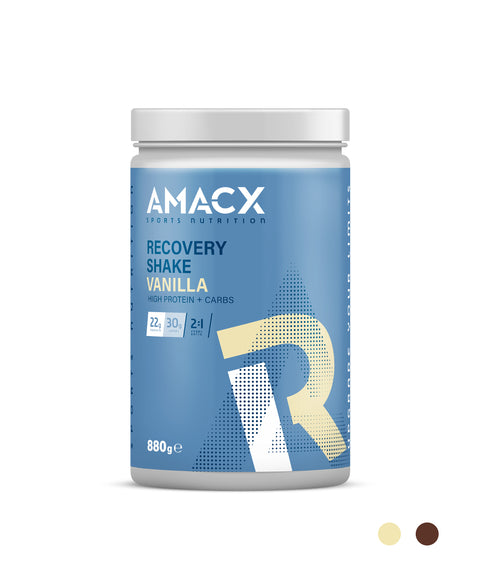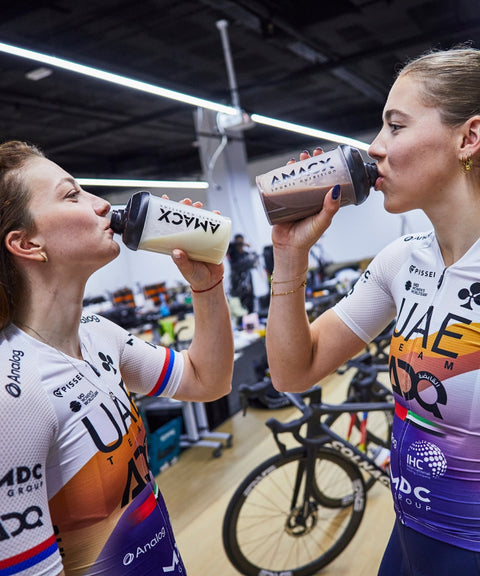Nowhere in Europe are there as many flexitarians as in the Netherlands. According to the Dikke van Dale, a flexitarian is 'someone who only occasionally eats meat or fish.' This group of people, who increasingly choose to skip meat or fish, has grown significantly in recent years. Sustainability and animal welfare reasons are often the cause of this shift. Health reasons are also being cited more frequently. At the same time, there is often uncertainty about the quality of plant-based protein. Athletes, in particular, may be unsure if plant-based protein sources provide enough building blocks for muscle recovery or growth. Whether this concern is justified and what to consider when following a (largely) plant-based diet is discussed in this blog.
Health Council and the Shift to Plant-Based Food
In 2023, the Health Council recommended choosing more plant-based protein sources instead of animal-based ones. This aligns with broader dietary recommendations to vary more with plant-based food. Certain animal products, such as red or fatty meats, are regularly discussed in research in relation to a less favorable dietary pattern when consumed in high amounts.
In addition, shifting towards more plant-based choices contributes to more sustainable eating habits, with a focus on the environment, climate, and animal welfare.
The Rise of the Protein Type
At the same time, we are witnessing the rise of what is called the ‘protein type,’ which is growing in significance. From dairy products enriched with extra protein to protein chips, pancakes, and oatmeal: after a quick round through the supermarket, protein seems more important than ever. Since animal proteins naturally have a different composition than plant-based proteins, some people wonder if a predominantly plant-based diet still provides enough protein. Especially athletes, who consciously manage their diet to support recovery after exertion, may pay extra attention to this.
The Challenges of Plant-Based Protein
The lesser quality of plant-based proteins lies in the specific amino acids that make up these proteins. Amino acids are the building blocks of every protein, and once absorbed by the body, these individual building blocks are used for various bodily processes, such as tissue building. Some amino acids can be produced by the body itself, while others must be obtained through our diet. The latter group is called 'essential amino acids.'
Where proteins from animal sources, such as meat, fish, milk, or eggs, often provide the (almost) complete package of essential amino acids, plant-based protein sources usually contain these amino acids in a different ratio or amount. Therefore, a predominantly plant-based diet requires extra attention to ensure sufficient variety in protein sources.
Additionally, protein from plant-based products may be more difficult to digest than protein from animal products. This varies per food item and is also influenced by the method of preparation. For example, beans and legumes are known to be less easily digestible, which may affect how efficiently the body utilizes the proteins.
Solutions for Plant-Based Protein Sources
However, this does not have to be an insurmountable problem. Both research and practical experience from plant-based eating athletes suggest that a carefully structured plant-based diet can provide sufficient variation in amino acids. There are two important guidelines to consider in order to best address the limitations of plant-based proteins:
- Combine different plant-based protein sources.
- Increase the total amount of protein.
By combining different plant-based protein sources, you can create a broader amino acid profile within a meal. For example, legumes contain certain essential amino acids, while grains provide others. By combining these sources (and varying them regularly) within a meal, you ensure a more diverse intake. Furthermore, by increasing the total protein intake by about 25–30%, you can also account for differences in digestibility and protein utilization from plant-based sources.
The Amacx Vegan Protein Shake as a Solution
The principles mentioned above have also been applied in the new Amacx Vegan Protein Shake. To achieve the broadest possible amino acid profile, the shake contains protein from peas, broad beans, and brown rice—carefully combined for a varied composition.
In addition, each shake contains almost 4 grams of leucine—a protein that is regularly mentioned in scientific research in the context of muscle recovery and protein metabolism. To account for the digestibility of plant-based proteins, one shake contains 30 grams of protein (for comparison: our shakes in the Recovery Line contain 20 grams of protein). Also, part of the protein is hydrolyzed, meaning it has been broken down into smaller chains. This may make it easier for the body to digest the protein.
In Summary:
- A predominantly plant-based diet aligns with nutritional guidelines for many people. In addition, a shift from animal to plant-based protein sources contributes to more sustainable dietary choices.
- The composition of plant-based proteins differs from that of animal proteins. This means that certain essential amino acids may be present in lower amounts, and digestibility can vary per product.
- Still, a (predominantly) plant-based diet can effectively meet the protein needs of both recreational and dedicated athletes, provided there is attention to both the quality and quantity of protein intake. Key guidelines include:
Combine different plant-based protein sources (e.g., legumes with grains, or beans with nuts).
Increase total protein intake by approximately 25–30% compared to a diet with animal proteins.
- The Amacx Vegan Protein Shake is a plant-based protein source that fits within a varied diet and can be used after training or at a moment when you want to supplement your protein intake.












